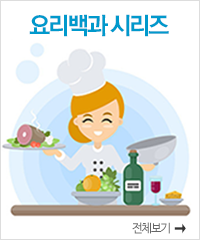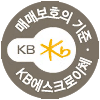- 건강추천식단
- 이달의식단
- 저염식 건강식단
- 향토음식레시피(北)
- 향토음식레시피(南)
- 오감만족레시피
- 실전활용레시피
- 테마별레시피
- 그린레시피 북
- ▸한식요리백과
- ▸곡류요리백과
- ▸농산물요리백과
- ▸축산물요리백과
- ▸수산물요리백과
- ▸건강한 식생활백과
- 이용안내
X
- 전통식품명
- 전통식품백과사전
- 전통식품문헌별
- 전통식품건강정보
- 전통식품일반정보
- 고조리서 이야기
- 우리음식 이야기
- 전통 떡 만들기
- 향토음식 갤러리
- 전통식품활용모델
- ▸궁중/종가/사찰
- ▸전통요리백과
- ▸발효음식백과
- ▸북한/연변음식백과
- 이용안내
X
- 한방사전식품명
- 한방식품백과사전
- 한방사전문헌별
- 동의보감
- 동의보감문헌별
- 동의보감 민간요법
- 죽순 일품요리
- 양잠산물 건강요리
- 양봉산물 건강요리
- 한방약술
- 사상체질의학
- 한방 카드뉴스
- ▸인삼/버섯요리백과
- ▸약선요리백과
- 이용안내
X
- 전통주갤러리
- 전통주 양조장별
- 찾아가는 양조장
- 전통주 활용정보
- 우리술 연재칼럼
- 우리술 & 일품안주
- 전통주류 & 안주
- 전통주 테이스팅
- 우리술 이야기 Ⅰ.
- 우리술 이야기 Ⅱ.
- ▸전통주창업백과
- ▸칵테일/와인백과
- 이용안내
X
- 식재료이용정보
- 축산물이용정보
- 제철농산물
- 제철수산물
- 이달의 수산물
- 국내수산물식별법
- 식재료 기능성
- 식재료 건강효능
- 우수 축산물브랜드
- 식품산업우수사례
- 김치 제조업체
- 농수산물자료실
- ▸과일/과채요리백과
- ▸외식업식재료백과
- 이용안내
X
-
KFA케이푸드아카이브

 KFA(K-Food Archive) 약 100만여개 Big Data Project
KFA(K-Food Archive) 약 100만여개 Big Data Project






 통합검색
통합검색







 Patjuk
Patjuk 팥죽
팥죽
 Red Bean Porridge
Red Bean Porridge 小豆粥
小豆粥 红豆粥
红豆粥 •농림축산식품부 문화체육관광부 국립국어원 한국관광공사 •한식진흥원
•농림축산식품부 문화체육관광부 국립국어원 한국관광공사 •한식진흥원












